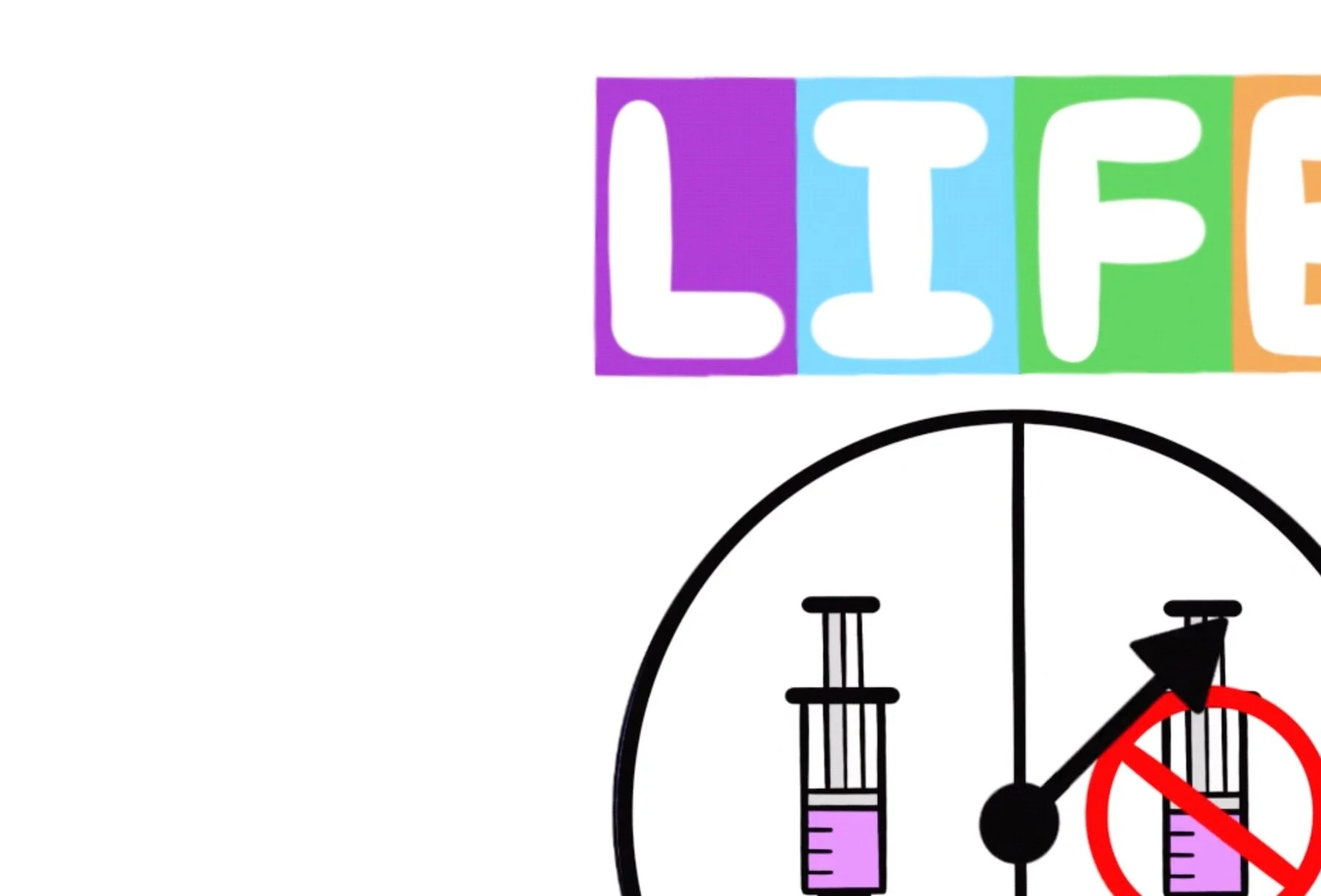Although many parts of the world are seeing steady or increasing vaccine rates, some developed countries, like the United States, have seen local declines in vaccine coverage. The media plays a significant role in exacerbating vaccine rate drop-offs. For example, the “anti-vax” movement has taken advantage of social media platforms, which often act as a breeding ground for public health misinformation. When concerned parents view anti-vaccine media, they may become vaccine-hesitant and even refuse vaccinations for their children, which can put vulnerable people at risk and adversely affect community health. Traditional pro-vaccine media has not worked to sway vaccine-hesitant parents, and, to be more successful, scholars recommend that medical and public health professionals abandon the knowledge deficit model of science communication, which assumes the public will be swayed by objective facts. This method has consistently failed because it relies on boring statistics and research probabilities. In contrast, anti-vaccine media is successful because it uses personal experience as evidence and capitalizes on emotional anecdotes about supposed vaccine-related injuries and deaths in order to elicit fear in parents. Given this, some scholars have proposed that pro-vaccine media campaigns co-opt anti-vaccine communication strategies, namely storytelling, pathos, exaggeration, and sensation. Based on the shortcomings of pro-vaccine media and the strengths of anti-vaccine messaging, I created an animation that seeks to mimic the rhetorical approach of anti-vaccine media in an effort to encourage vaccine-hesitant parents to accept a pro-vaccine attitude. Here is a brief synopsis of the video: a mother must decide whether or not to vaccinate her child, Sammy, against MMR. Depending on this one parental decision, Sammy’s life plays out in two very different ways. The animation highlights social responsibility as an important reason for vaccination, and it also sheds light upon the mother’s emotions in an empathetic way that acknowledges the influence of vaccine-related media on her decision-making.
A Vaccine Story

